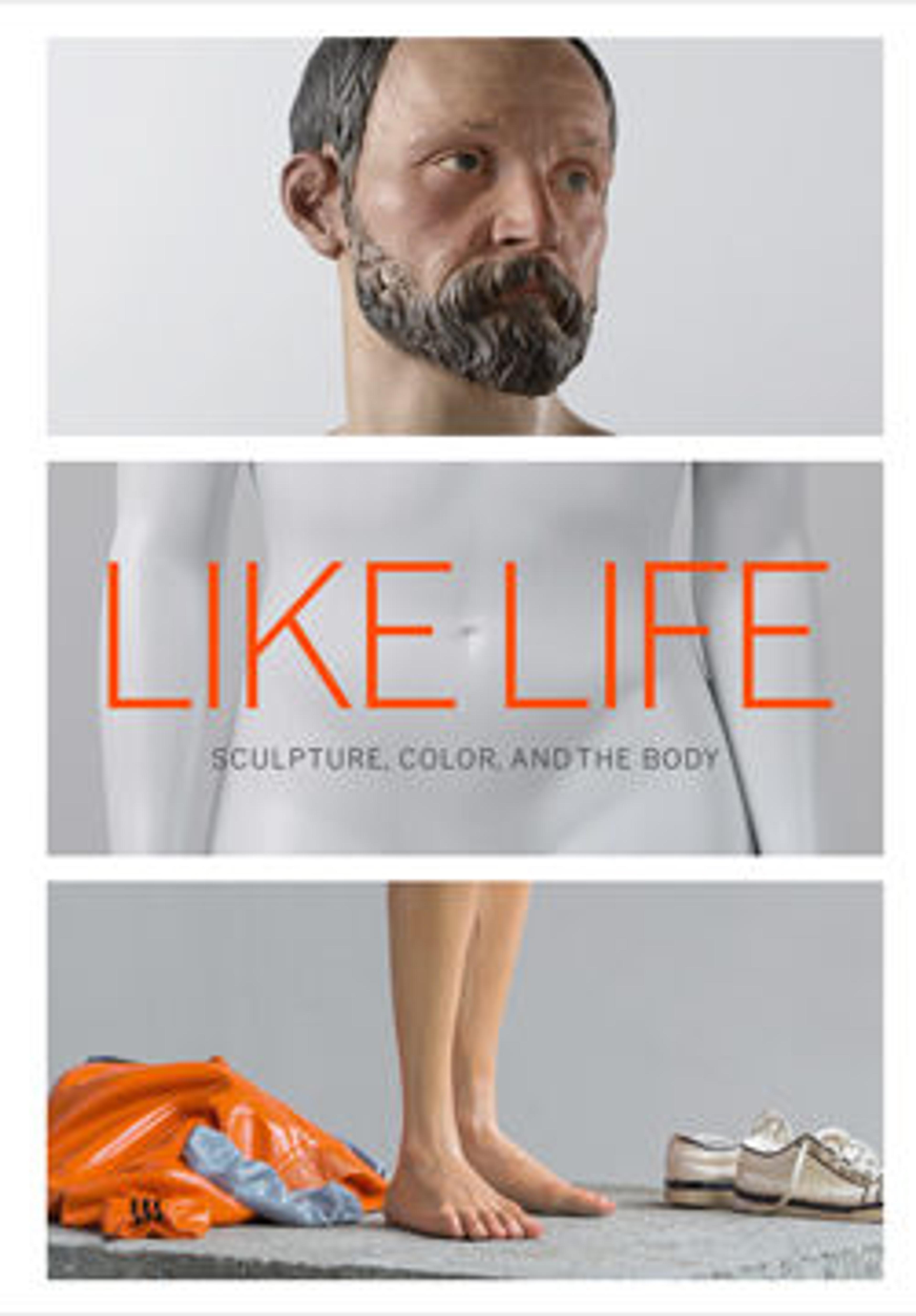Saint Barbara
This sculpture retains much of its original paint and appliqué decoration; the red dress is enhanced with molded and gilt-wax brocade patterning, and the fine decoration on the mantle was achieved by etching through a transparent indigo layer over silver.
Artwork Details
- Title: Saint Barbara
- Date: ca. 1490
- Geography: Made in probably Strasbourg, Alsace, present-day France
- Culture: German
- Medium: Limewood with paint
- Dimensions: 50 1/4 × 17 × 13 1/4 in., 63 lb. (127.6 × 43.2 × 33.7 cm, 28.6 kg)
- Classification: Sculpture
- Credit Line: The Cloisters Collection, 1955
- Object Number: 55.166
- Curatorial Department: Medieval Art and The Cloisters
Audio
34. Saint Barbara
Gallery 20
NARRATOR: This exquisite sculpture of St. Barbara is carved in lindenwood, and retains much of its paint and gilding. It was probably carved around 1500 in Strasbourg. Conservator Michele Marincola.
MARINCOLA: The Saint Barbara is one of the best preserved polychrome sculptures in the Cloisters, or painted wooden sculptures in that nearly every portion of the paint layer is intact or nearly intact. There are some losses: the pinkie on her proper right hand which is folded under her arm and holding up the cloak, is missing. And the front corner of the plinth on which the Saint stands has been replaced, and done in such a manner that it’s very obvious to the viewer that that’s a replacement. There’s also a large split that runs up the left side of Barbara’s face and that’s been filled in with wax because the open split was found to be distracting. . . .
NARRATOR: In the third century, St. Barbara was the daughter of a wealthy pagan who kept her confined in a tower. When she proclaimed her Christian faith, her father had her condemned to death and then carried out the sentence himself, beheading his own daughter. For this, he was promptly struck by lightning. Consequently, Barbara was believed to offer protection against thunderstorms and fires, and she later became the protector of artillerymen and miners. However, the Barbara depicted here is a young, rather haughty woman in a fashionable red gown with gold brocade, and a gold cloak lined with silver and black. Julien Chapuis….
JULIEN CHAPUIS: What is remarkable about this work is the spatial presence of the figure. She stands there, being very pretty and aware of it. And there is a torsion in the body, with the drapery working as a sort of shell around the rather frail body. So the artist works with plays of spirals, which gives the figure this tremendous sense of presence.
More Artwork
Research Resources
The Met provides unparalleled resources for research and welcomes an international community of students and scholars. The Met's Open Access API is where creators and researchers can connect to the The Met collection. Open Access data and public domain images are available for unrestricted commercial and noncommercial use without permission or fee.
To request images under copyright and other restrictions, please use this Image Request form.
Feedback
We continue to research and examine historical and cultural context for objects in The Met collection. If you have comments or questions about this object record, please contact us using the form below. The Museum looks forward to receiving your comments.
